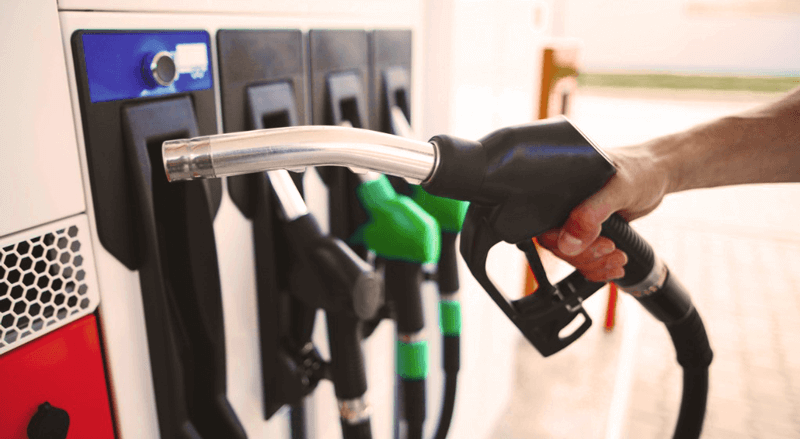Diesel fuel prices are on the rise again. Caused in part by a strong global economy and ever-increasing demand for shipping, the rise in diesel prices has led to fuel surcharges and higher prices across the entire supply chain. This has sparked greater interest in green transportation alternatives that can save the environment while reducing costs—and keeping shippers in the black.
Expensive Diesel Means Expensive Goods
Nationwide, the average price per gallon reached $3.08 per gallon in March, which was a new high for 2019. California saw the highest prices at 3.819 per gallon with the Central Atlantic region following at $3.31. The Rocky Mountain region paid the lowest prices for diesel fuel at $2.974 per gallon (CCJ).
Rising diesel fuel prices are problematic because cost increases are often passed from carriers to shippers in the form of higher rates, and from shippers to consumers in the form of higher prices for goods. Higher consumer prices lead to fewer purchases, which isn’t good for anyone (Trucks.com).
Green Transportation Alternatives to Diesel
While interest in green technologies has grown steadily, cost has always been a limiting factor. But rising diesel fuel costs are making alternative modes of long-haul transportation attractive, even with the technology investments required. Battery-powered, heavy-duty electric vehicles (BEV) deliver better energy efficiency and lower costs while offering power and performance levels that rival diesel drivetrains. While battery life, a lack of infrastructure for charging, and driving ranges under 300 miles still limit BEV use to short hauls, a surge in recent BEV orders indicates a major shift taking place in the transportation industry (Breakthrough).
In logistics, companies like DHL, USPS, and UPS are leading the charge:
- DHL added 63 electric vehicles to its delivery fleet, which already includes an electric vehicle fleet in New York City. The company expects to save 63 percent per month in operating costs. They also hope to make 25 percent of the fleet green by 2020.
- The United States Post Office (USPS) is also testing electric cargo vans in Fresno, California. The USPS cites today’s lower battery costs and better reliability as motivators for adoption.
- United Parcel Service (UPS) has invested more than $1B in alternative fuel transportation over the last decade, adding more than 700 compressed natural gas vehicles to its fleet and five new filling stations in 2018. In addition to protecting UPS from rising fuel prices, greater use of Renewable Natural Gas (RNG) reduces CO2emissions.
You might think the cost differences aren’t significant or that the savings don’t justify the technology investments. If so, think again. This calculator from global drivetrain company Dana Inc. estimates that a single diesel truck driving 100K miles per year with a fuel price of $3.00 per gallon costs about $1.50 per mile. A comparable electric vehicle costs about $1.35 per mile, saving nearly $15K per year.
Mitigating Volatility in Diesel Fuel Costs
Full adoption of alternative-fuel vehicles in logistics will take time. But there are ways shippers can mitigate rising fuel costs and act on the shift toward alternative fuels now:
- Diversify your carrier base. Partnering with carriers that have varied energy portfolios can effectively smooth out diesel price swings and help you reduce emissions.
- Push for pricing transparency. Understanding where costs come from can help you identify savings and improvement opportunities.
- Find ways to use trucking capacity and fuel more efficiently. Reducing empty miles through continuous move planning, co-loading, and private fleets can lower costs and maximize capacity.
- Collaborate on clean energy initiatives. Getting involved will help you understand the future of clean energy trucking, how leading companies are adapting new technologies, and ways to propel the conversation and adoption forward. Learn more about one such initiative here.
Going Green and Going Strong
Clean energy alternatives could be a game changer for logistics. But it doesn’t take sweeping changes to get started, and you don’t need to do it alone. Partnering with a “green” 3PL is a great way to move forward. Named a Food Logistics Top Green Provider, Capstone is helping make logistics in the food and beverage industry more sustainable and can help you too. Contact your representative to learn how to mitigate rising diesel fuel costs and start your own sustainability journey.

